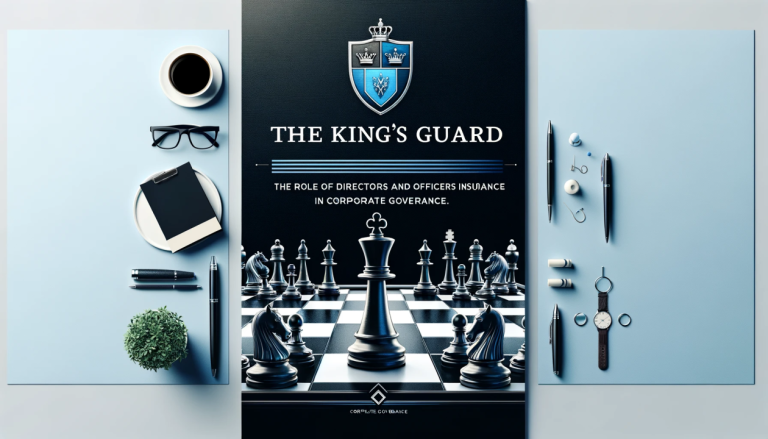If your tech product or service is involved in a data breach – for example, if your software had a security flaw that hackers exploit to steal a client’s customer data – you could be held responsible by that client. The client might argue that you failed to implement proper security (essentially a professional lapse) and sue for damages related to the breach. Tech E&O insurance is designed to cover this kind of scenario: it would pay for your legal defense and any settlement or judgment if a client blames your company for a cyber incident that caused them harm.
It’s important to realize that cyber risks aren’t just a big-company problem. Small and medium-sized tech firms are frequently targeted by cybercriminals. In fact, a major data breach study found that more than a quarter of all data breaches in 2020 affected small businesses. Hackers often favor smaller companies, assuming they have weaker defenses or less sophisticated security. This means even a modest tech startup could find itself at the center of a breach incident.
How Tech E&O and cyber insurance work together
Tech E&O and cyber insurance are complementary, especially when it comes to data breach scenarios:
- Cyber insurance typically covers the first-party costs of a breach (expenses that your company incurs to deal with the situation) and some related third-party costs. This includes things like investigating how the breach happened, hiring forensic experts, notifying affected individuals and providing credit monitoring, recovering or restoring lost data, paying extortion costs like ransomware if applicable, and managing public relations to repair your reputation. Many cyber policies also cover regulatory fines or penalties that might arise from data privacy violations (for example, fines under laws like GDPR or HIPAA). Some cyber insurance will cover third-party liability too, such as legal defense if customers or partners sue your company for letting their data be stolen.
- Tech E&O insurance comes into play if there are third-party claims or lawsuits alleging that your professional services (or failures in those services) led to the breach or exacerbated its impact. In other words, if your clients or partners suffer financially because of a breach and they blame your company, E&O covers that liability. For example, if a client’s database was compromised through a vulnerability in a software tool you provided or due to a misconfiguration in a system you manage, the client could demand that you compensate them for the resulting losses. Your E&O policy would handle that demand – covering legal fees and any settlement or court-awarded damages – as long as the claim is rooted in an error or omission on your part.
There is some gray area and overlap between these coverages, and that’s by design. Many insurers actually package Tech E&O and cyber coverage together for tech companies, recognizing that a single incident can trigger both types of expenses. Consider a scenario: your software’s security flaw leads to a breach of your client’s data. You will need to:
- Deal with the breach itself – stop the intrusion, investigate the cause, fix the vulnerability, notify those affected, etc. (Your cyber insurance covers these operational and notification costs.)
- Deal with your client’s response – they might sue or demand compensation for the damages they incurred because of the breach. (Your E&O insurance covers this liability to your client.)
If you only carried cyber insurance in this scenario, you’d have help with the technical incident response but no coverage for the client’s lawsuit alleging your mistake. Conversely, if you only had E&O, the client’s lawsuit would be covered but you’d be on your own for the immediate breach remediation costs. That’s why having both types of policy is so important – they fill in each other’s gaps.
Protecting data as a professional duty
In many tech contracts today, clients explicitly require their service providers to maintain both cyber liability and Tech E&O insurance. This reflects a broader point: safeguarding data is considered part of your professional duty as a technology provider. If you fail in that duty (even unintentionally), you can be held liable for the consequences. Tech E&O insurance ensures that if a data breach occurs under your watch (for instance, due to not following industry best practices or missing an important patch), you have the financial backing to respond to client allegations that you should have prevented it.
From a risk management perspective, tech companies should also invest in strong security measures and best practices to reduce the chance of breaches – insurance is not a substitute for good security. However, even with top-notch security, breaches can still happen (zero-day vulnerabilities, sophisticated attacks, human error, etc.). That’s why insurance is the backstop. It’s there for when, despite your best efforts, something slips through and data is compromised.
Building an integrated defense
The key takeaway is that Tech E&O and cyber insurance form a one-two punch against data breach risk. Tech E&O addresses the liability side (lawsuits and claims from clients or third parties who are hurt by your errors), and cyber insurance addresses the incident response side (the immediate costs to your business from a cyber event). For a tech company handling any kind of sensitive data or providing software that could be targeted, both coverages are indispensable.
Data breaches are as much a professional risk as they are a security risk. Treating E&O and cyber as two halves of the same shield is a smart approach. With this integrated defense, your company is protected not only from the technical fallout of a breach but also from the professional liability fallout. In practice, this means an incident might still be stressful, but it won’t threaten the survival of your business because you have insurance support on all fronts.
By having robust cyber defenses and the right insurance in place, tech companies demonstrate to clients, partners, and investors that they take data protection seriously. It provides reassurance all around: clients know they’ll be compensated if something goes wrong, and you know that your company can weather a storm if one hits. In the modern era where data breaches are common, pairing Tech E&O with cyber coverage is simply good business hygiene for tech enterprises of any size.
























































































































